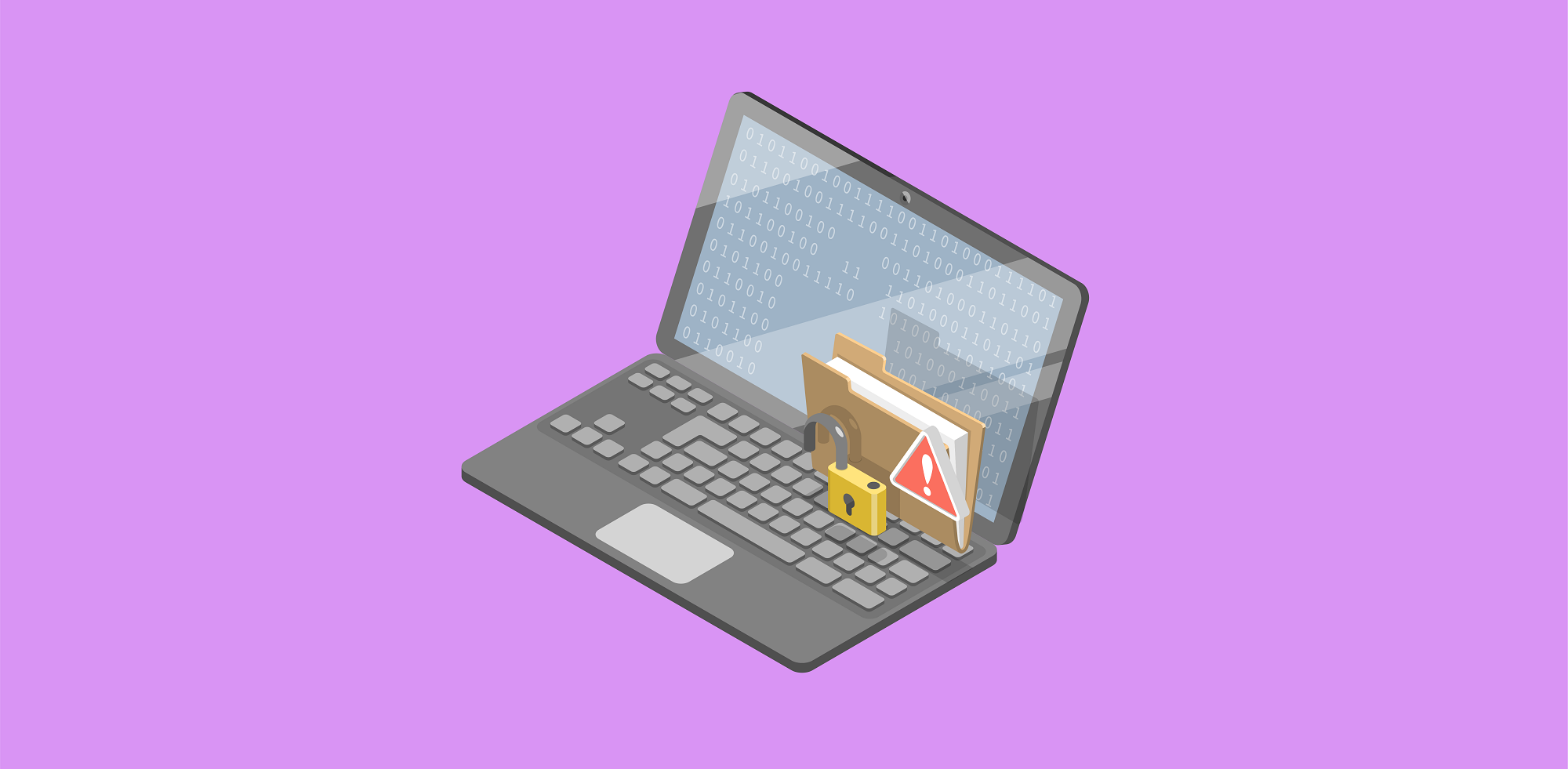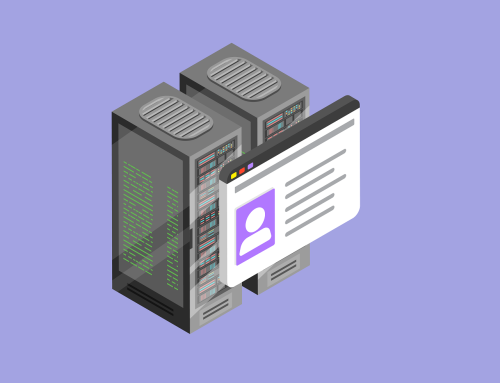Common Reasons for Data Breaches
A data breach is a breach of security leading to the accidental or unlawful destruction, loss, alteration, unauthorised disclosure of or access to, personal data transmitted, stored, or otherwise processed.
They can cause serious disruption to your business and even result in heavy financial penalties depending on the severity of the breach.
When organisations host sensitive information, they’re always at risk of a data breach. Management should always be on the lookout for signs a breach has occurred, as the longer it goes unnoticed, the more damage it causes.
Discussed below are some of the most common ways organisational data is breached.
Stolen Credentials
One of the most common ways a data breach occurs is when an attacker gains access to important information through stolen credentials. This can include usernames and passwords, along with debit/credit card credentials.
Attackers can also gain access to employee accounts because of weak passwords. Many organisations encourage the use of stronger passwords, including mixed case letters, numbers and special characters. Similarly, the reusing of passwords is also seen as an unsafe way to protect your accounts.
With the prevalence of work phones and laptops for home-use, these devices can be physically stolen, leading to sensitive information getting in the wrong hands.
It’s becoming more common for organisations to enforce a multi-factor authentication layer when signing into company accounts.
Outdated Software
Older software that is unsupported by a development team often allows for cracks to form in its security layer, allowing vulnerabilities to show.
Unpatched software allows cyber attackers to take advantage of weaknesses in an application, potentially giving them access to highly confidential data.
It’s always important to keep all software up to date with the latest patches performed by a trusted developer.
Malware
Malware is malicious software with intent to steal, destruct or lock sensitive customer/employee information.
Employees often fall for seemingly innocuous download files with hidden malware inside. This is the easiest way malware can be introduced to an organisation.
It can also infect other devices on the organisation’s network, leading to catastrophic data breaches.
Social Engineering
This is a method attackers use to trick employees into providing information or violating internal security policies. Social engineering has become more prevalent since the increase in working from home.
As employees are human, they can often be seen as a weaker link than hacking through software. Social engineering through simple methods such as phishing can often lead to large data breaches, causing major disruption to business.
Insider Threat
Disgruntled employees can often leak sensitive information for a variety of reasons. As employees are the people with access to sensitive data, they can often be the ones that cause the data breach.
Financial gain or revenge against a company are just some of the reasons an employee may leak data to outside sources.
It can be very difficult for an organisation to prevent insider threats due to the employee having legitimate credentials and clearance to view and handle the data, although behavioural analysis software is constantly improving in spotting suspicious behaviour by employees.
Internal Errors
Mistakes can happen and there isn’t always malicious intent behind data breaches. This can occur through human error. Even something as simple as emailing data to the wrong email address or attaching the wrong file can result in a data breach.
Similarly, unreliable software can cause breaches through its poor handling of data. Software bugs or glitches can result in the mishandling of your organisation’s data.
Has your organisation embarked on a project that handles sensitive customer data? Be sure to get in contact with us today on +353 1 8041298.









